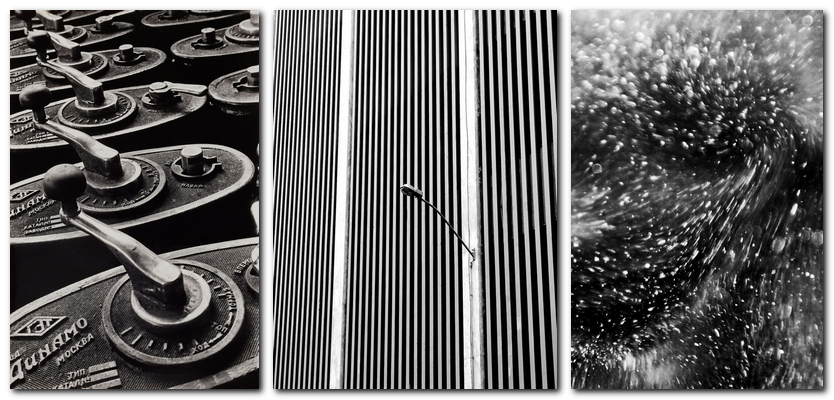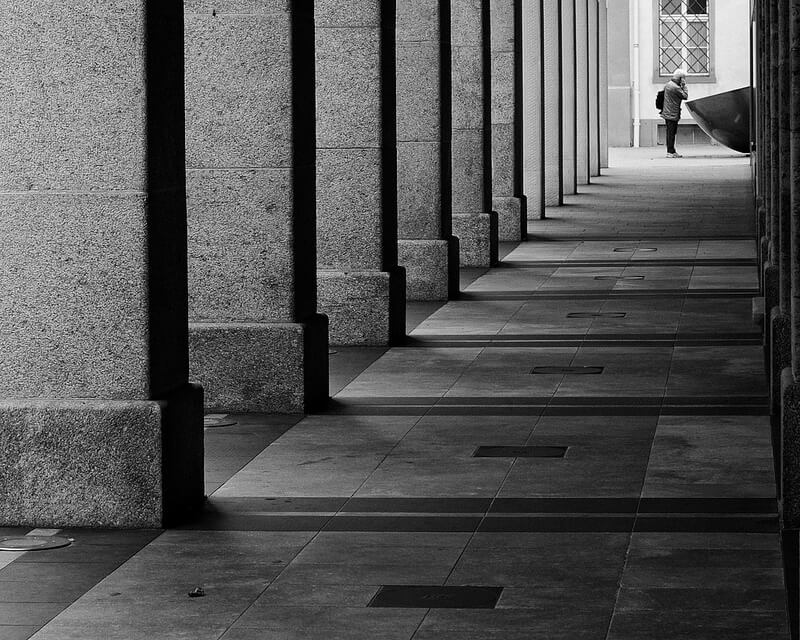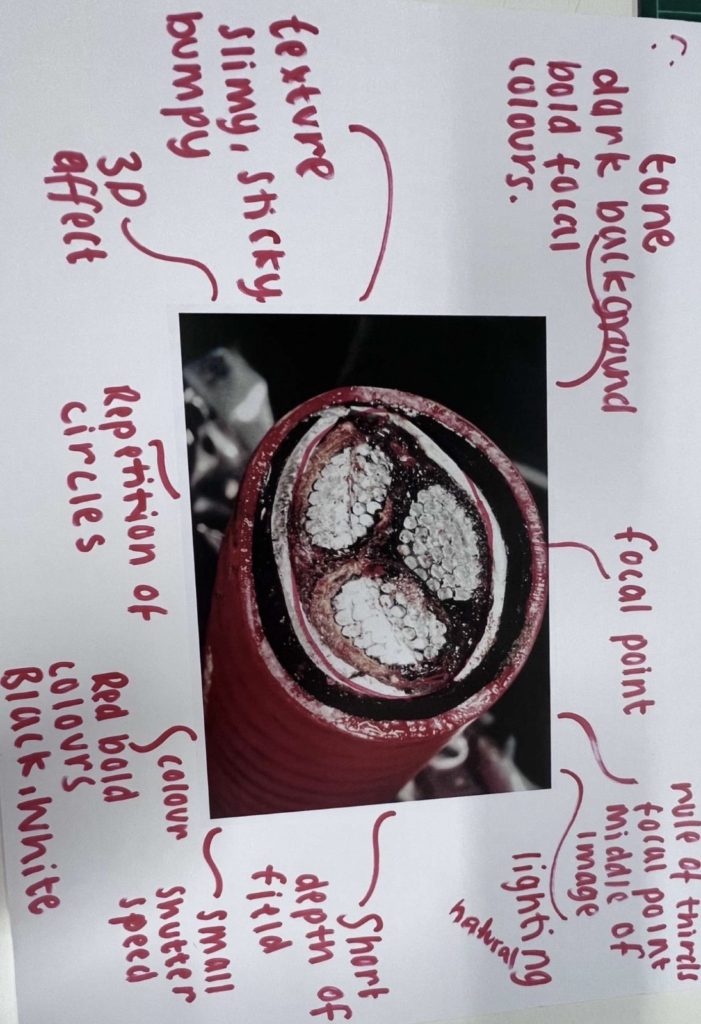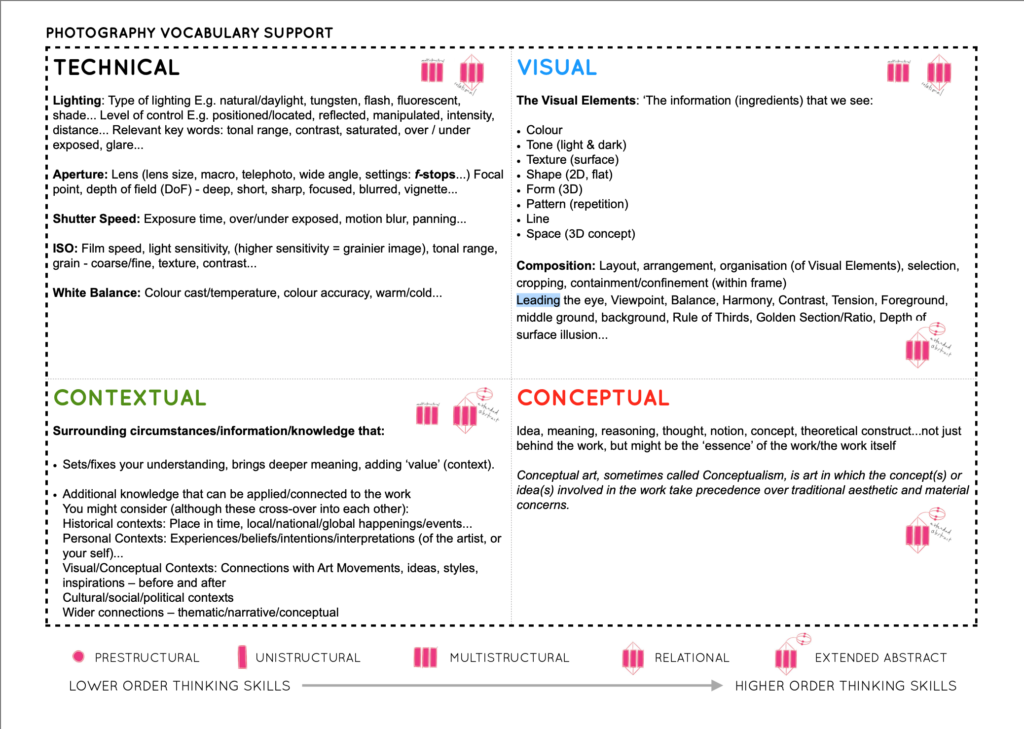The simplest way to describe formalism in photography would be that: The Design, Composition and Lighting are dominant over Subject Matter. The photographer becomes a visual designer whenever a frame is captured. In camera, cropping concentrates on the desired subject while eliminating everything else.

Photographers have to impose order, bring structure to what they photograph. It is inevitable. A photograph without structure is like a sentence without grammar—it is incomprehensible, even inconceivable.
— Stephen Shore
Examples of formal and visual elements are: line, shape, repetition, rhythm, balance. To capture a ‘perfect, beautiful’ photograph usually consists of (for example) making sure the camera is in focus and that the lighting and frame is ‘just right’. However, a vast variety of photographers think that sometimes not trying to think too hard about how you are photographing something and making ‘mistakes/breaking the rules’ creates a beautiful perfect photo too.
The Visual Elements
COLOUR- what colours can you see? monotone, bright, muted. Are there colours there are more popular then others? is the focal point obvious due to colour?

TONE- Tone refers to the levels of brightness in the photograph, from solid black to pure white. Shadows are dark tones; highlights are bright tones.

TEXTURE- is it smooth or ridged? The visual depiction of variations in the colour, shape, and depth of an object’s surface.

SHAPE- what shapes can you see? big areas small areas? The two-dimensional appearance of objects as your camera captures them.

FORM- when shape takes on three dimensions. Form is created by shadows and highlights on an object in the photograph.

PATTERN- is there any repetition? The same objects or shapes in the image. A regularity within a scene.

LINE- A line refers to anything that stretches between two points in your photo. So a line can be a fallen tree, a moving river, or even a slew of rocks leading off into the distance.

We annotated Peter Fraser’s, contemporary still life photography…

…To do this we used a table to pick out visual and formal elements:

